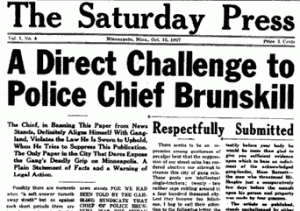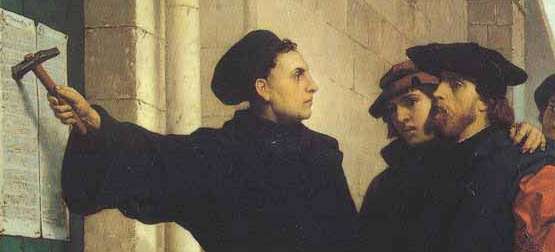How many of you still read the newspaper…any newspaper?
How many of you get your news from it? How many of you get your news from social media? Well, you’re on a blogging site right now for starters. Either for the best or the worst, online news revenue has surpassed that of the print news. Social media is just how we do business nowadays.
But it’s not only ‘social media’ that is controlling the death of newspapers. It’s newspapers, themselves!! Think about it, The Washington Post, USA Today, The New York Times. They all have websites! If someone wants to read a story from one of these papers online, they sure can. If someone wants a full subscription to one of these online, they can do that as well — avoiding ever picking up a paper copy again.
Not only this, but these newspapers’ websites contain links to social media sites like Twitter and Facebook for readers to more easily share stories with the world. So could it be that newspaper giants are helping to destroy their own livelihood?
Maybe, but in reality the answer is ‘NO.’ Social media is the devise that is forcing newspapers to conform to the new norm. Newspapers have no choice but to latch on and ride into the future. If they didn’t, they would go extinct alltogether. Currently, only one thing is for sure. Paper is rapidly being converted to silicon.











